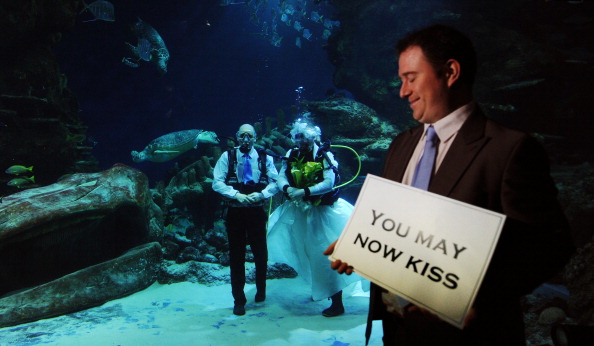


The idea is that neighboring volcanoes eject larvae or produce refugea, so that when one is erupting species move between the volcanoes. What makes this expedition unique is that the team will attempt to do this across a suite of volcanos for the very first time. A Chain of VolcanoesĪboard R/V Falkor, the group will head straight to the volcanic region to obtain a detailed geological understanding of up to 12 different submarine volcanoes. Located in the Pacific in waters off of Tonga, the Northeast Lau basin and adjacent Tofua arc are an excellent natural laboratory containing perhaps the largest number of individual, closely-spaced volcanoes globally (an estimated 30 discrete volcanoes in a 50 x 50 km area). Ken Rubin and his research team will get the opportunity to return to one of the most active underwater volcano sites in the world, the Mata Volcano group. It may not come as a surprise that very few active or recently active submarine volcanoes have been studied, especially in the deep sea, due to the remote and difficult conditions in which they are found. Thousands of submarine mountains lay scattered throughout the deep oceans and nearly all of them are volcanoes. Above water they are imposing and strong, but put them under the ocean and their spectacle is simply hypnotic. According to the Indonesian naval officer, there is not much a crew can do when it is hit by such a wave, even when they are at their respective combat posts.Volcanoes are awesome. He also said that Japan’s Himawari-8 satellite and European Sentinel satellite measured such an internal wave in the area on 21 April. This causes the ship to sink faster than usual and this is something to be aware of.’ ‘Based on information from several experts and oceanographers, this underwater current is strong enough to pull vertically. ‘There is also a natural factor called an internal solitary wave,’ said Muhammad Ali. He explained that when a submarine dives, the most influential factor are the underwater currents.

During a press conference on Tuesday 27 April, the assistant for planning and budgeting of the Indonesian navy, Kasal Laksda Muhammad Ali, said that they suspect natural factors to have caused the accident. Underwater currentĪccording to the authorities, the 44-year-old submarine was seaworthy. In addition to Singapore, Indonesia received help in the search from Malaysia, Australia and other countries as well. The submarine was probably broken open by the water pressure. The submarine was built to dive to a depth of 500 metres. According to the navy, this means it is very unlikely that the crew of the submarine could have been saved. The video obtained by the Swift Rescue reveals the KRI Nanggala-402 was split into three parts at a depth of 838 metres. The submarine support and rescue vessel (SSRV) Swift Rescue, operated by the Republic of Singapore Navy (RSN), then lowered a remotely operated vehicle (ROV) to get closer to the submarine. There was therefore no hope of finding any survivors.Īlso read: Debris of missing Indonesian submarine found Broken apart by water pressureĬhief of the Indonesian Naval Staff Admiral TNI Yudo Margono explained that the vessel had been located on Sunday by the naval vessel KRI Rigel-933 through multibeam echosounder. The oxygen supply on board ran out that same day. It was announced on Saturday that suspected wreckage from the submarine had been found. The KRI Nanggala-402 disappeared on Wednesday 21 April during an exercise some 95 kilometres off the coast of Bali. Indonesian President Joko Widodo conveyed his condolences on Sunday to the families of the 53-man crew of the missing submarine: ‘All Indonesians express our deep sorrow over this tragedy, especially to the families of the crew,’ the president announced. The Indonesian navy says underwater currents may have caused the tragedy. The vessel has been located at a depth of 838 metres where it has broken into three parts. None of the 53-man crew of the missing Indonesian submarine KRI Nanggala-402 have survived its sinking.


 0 kommentar(er)
0 kommentar(er)
